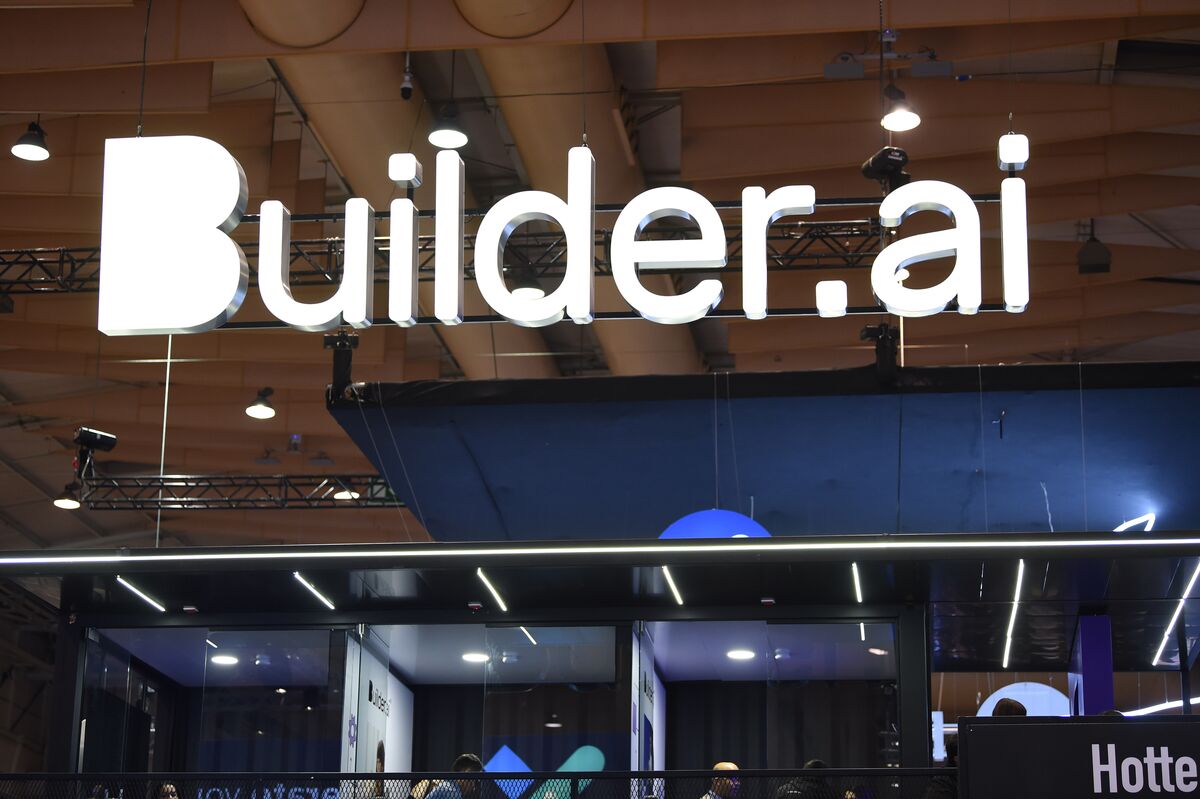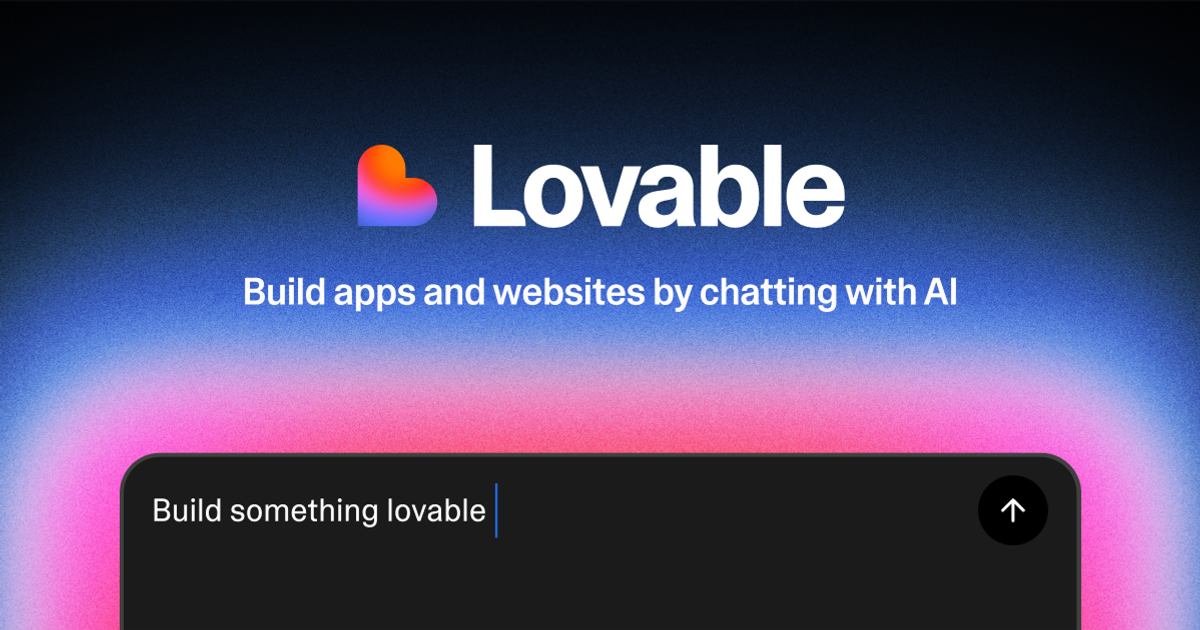Summary:
Vibe coding uses LLMs to translate natural language into functional code, revolutionizing software development
25% of recent Y Combinator startups use AI to generate 95% or more of their code, accelerating growth
AI-generated code faces challenges in debugging and complexity, with tools like Debug-Gym emerging as solutions
The democratization of coding allows non-programmers to build apps, expanding the creator economy
Despite advancements, human oversight remains critical to ensure code quality and functionality
The Rise of Vibe Coding in Startups
Vibe coding is rapidly becoming a game-changer in the tech world, especially among startups. This innovative approach leverages large language models (LLMs) like ChatGPT to generate code from natural language prompts, making software development more accessible and faster than ever before.
Why Startups Are Embracing Vibe Coding
- Speed and Efficiency: Startups, particularly those in the Y Combinator cohort, are using AI to generate up to 95% of their code, significantly reducing development time.
- Democratization of Coding: Non-programmers can now build functional apps and games, unlocking new opportunities for creativity and entrepreneurship.
The Challenges Ahead
- Debugging Complexities: AI-generated code isn't flawless. Debugging remains a significant hurdle, with tools like Microsoft's Debug-Gym aiming to bridge the gap.
- Volume and Quality: The ease of generating code leads to an increase in code volume, often without proper documentation or review, necessitating tools like Lightrun for real-time observability.
The Future of Vibe Coding
While AI agents and tools like GitHub Copilot Workspace are pushing the boundaries, the human element remains crucial. Understanding and guiding the AI's output is essential to avoid opaque and unmanageable software systems.








Comments